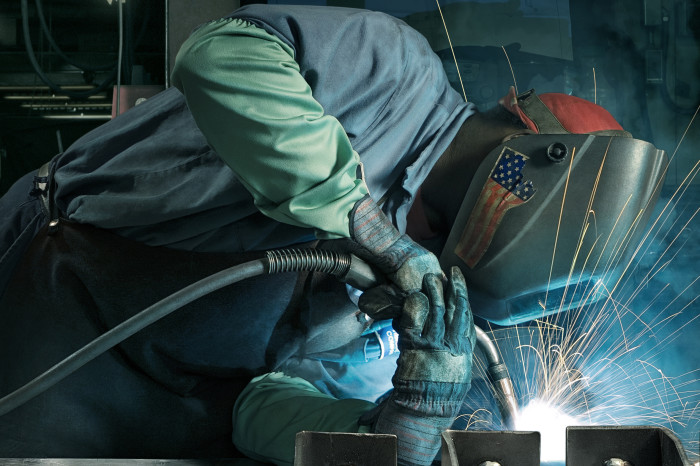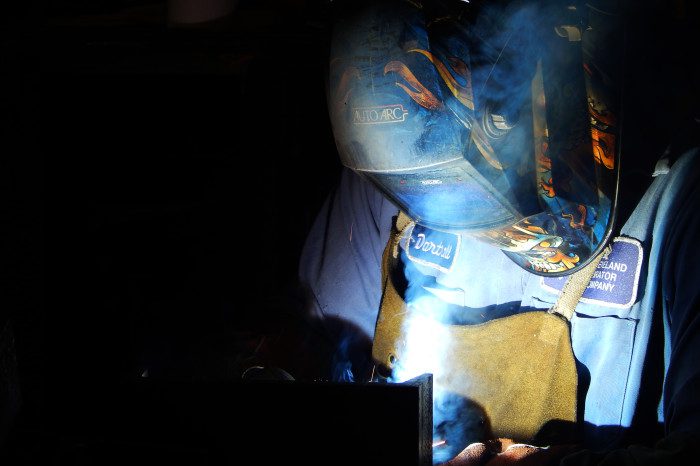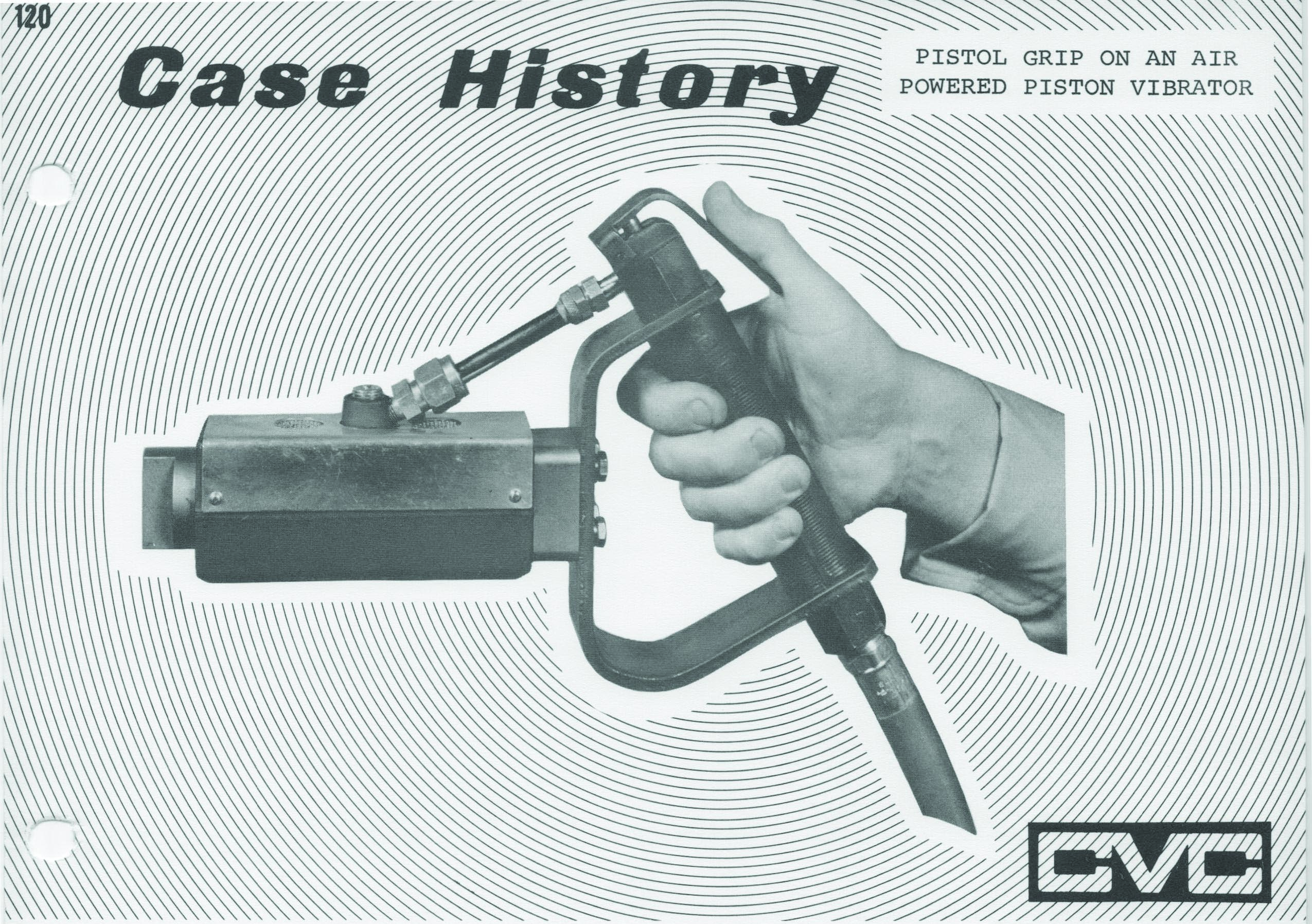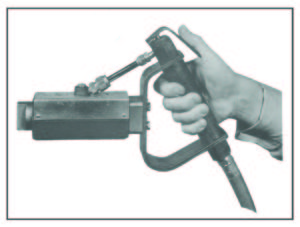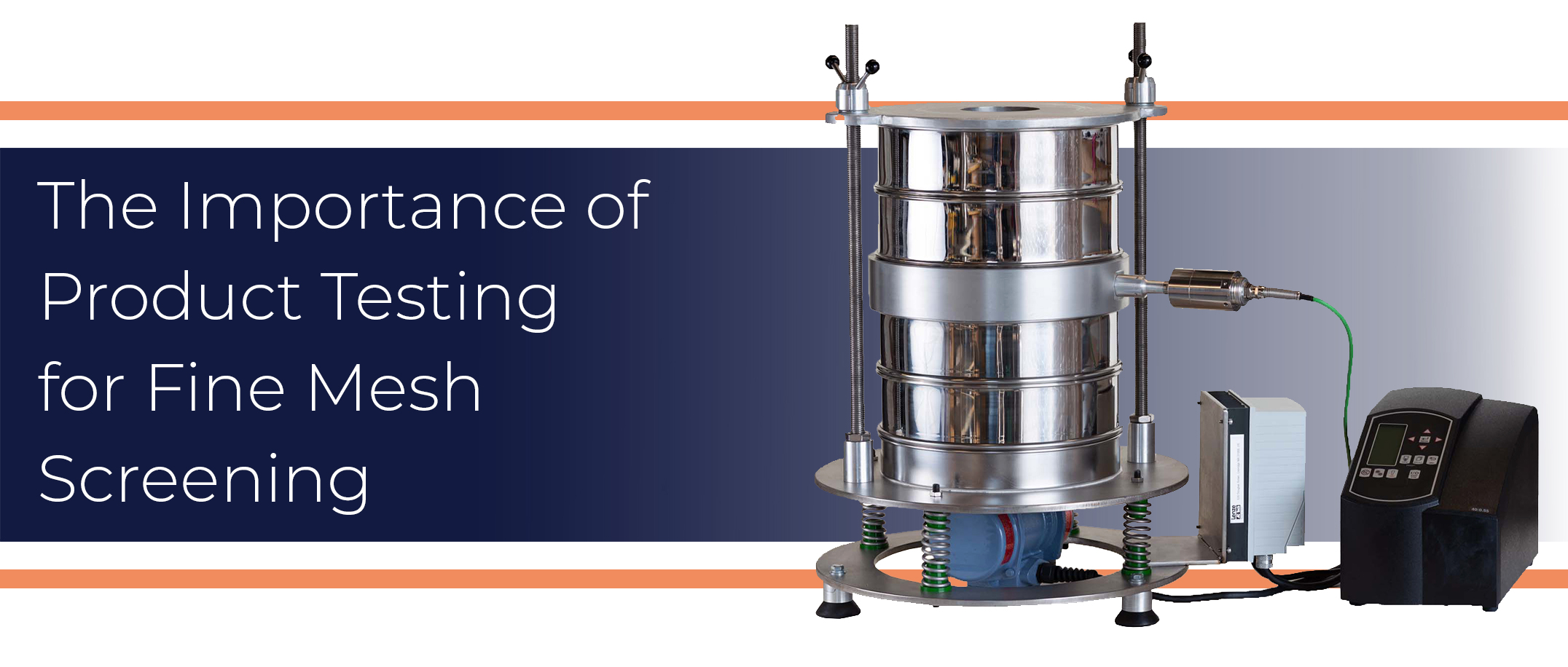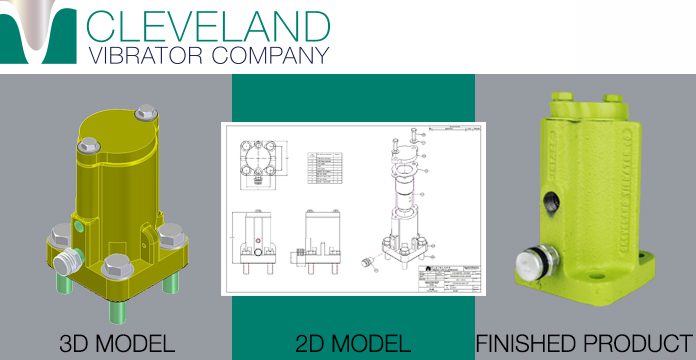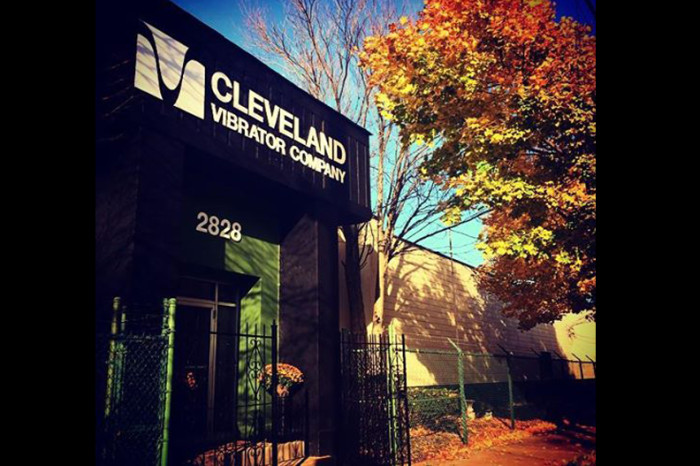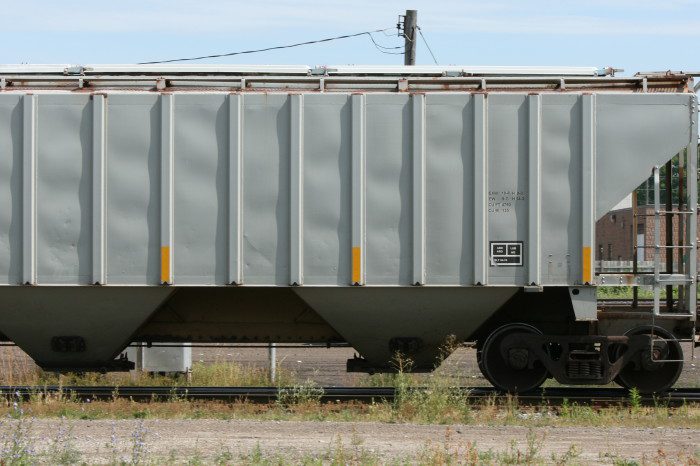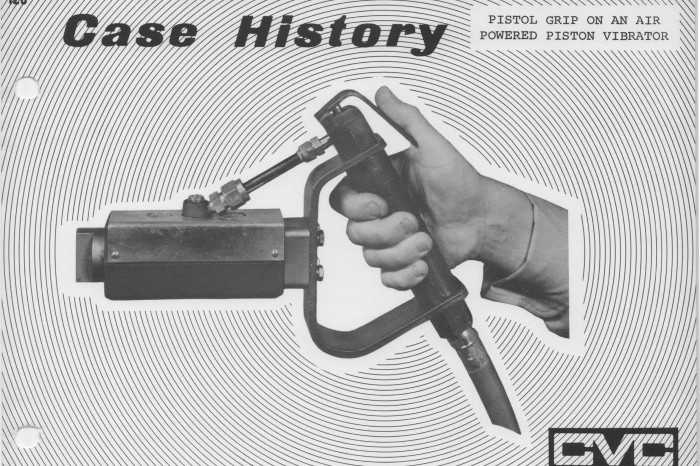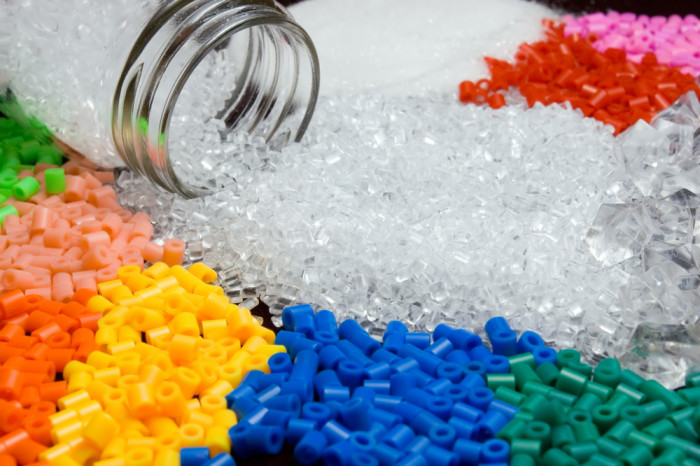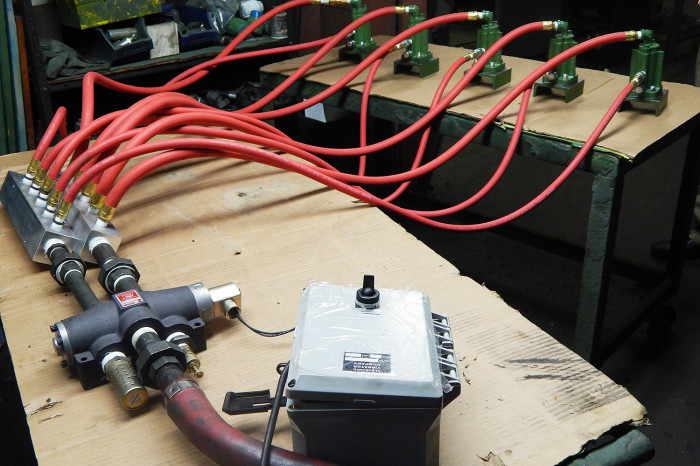Made in America, American Made, Made in the USA and my favorite Made with American Pride. We have all heard these words or seen them affixed to many great products manufactured by the greatest workforce in the world. “THE AMERICAN WORKER.” I’ve spent the majority of my 45 plus years being around manufacturing and have experienced the sense of accomplishment to produce a quality product that you can be proud of. This feeling cannot be measured in dollars and cents but in one word “PRIDE”. It’s still here and we just need to see it and believe in the fact we have the most talented work force out of any other country on this globe. We used have a sign that hung in our manufacturing area that simply read “Build It As If You Would Buy It,” and we added “If You Wouldn’t Buy It, Then Don’t Ship It.” I’m sure lots of companies have the same types of sayings hanging in their manufacturing facilities. The process of making a part, having it go into an assembly, then seeing it work for the first time has to give a sense of pride to the maker. Read More…
Share this blog post:


